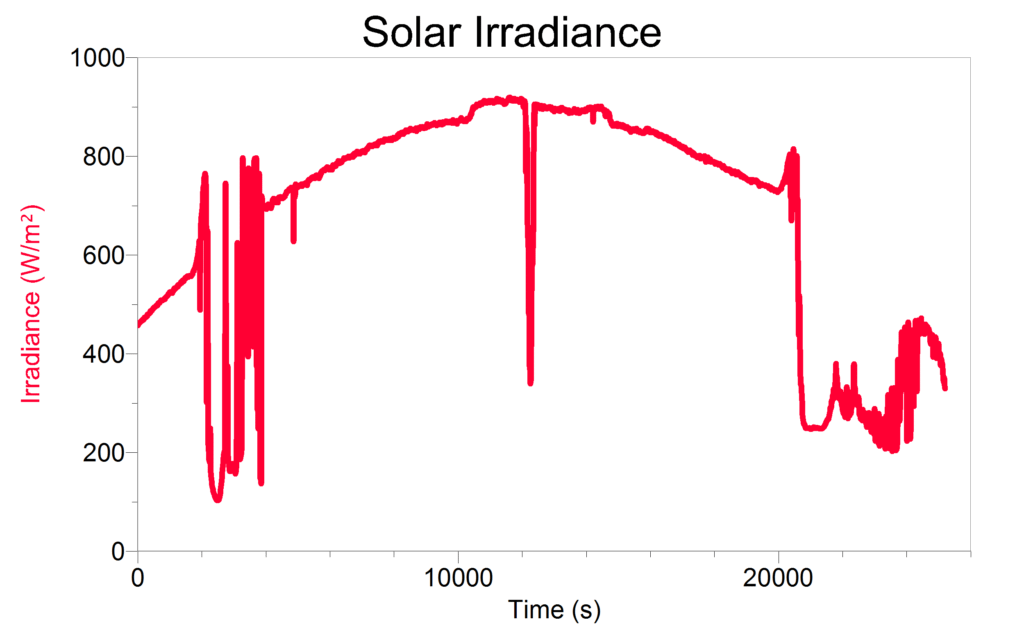
Do you have solar panels installed at your home or school? How efficient are they? Are they as efficient as the manufacturer claims? Are they still as efficient as when they were installed?
Measuring panel efficiency requires knowing the energy produced by the panels, as well as the solar power incident on the panels over the same time period. The energy produced is easily determined by the monitoring software provided by the solar panel manufacturer. The incident solar energy can be measured with the Vernier Pyranometer. The Pyranometer measures the solar power received from the whole sky, with a cosine response designed to correctly measure the power integrated over all angles.
The efficiency measurement is challenging, since a real-world panel installation attempts to optimize the solar energy striking the panels, capturing more energy than the same area flat on the surface of the earth. However, the panels could also be in an orientation of convenience rather than the best possible position. How is this taken into account in an efficiency measurement?
Richard Born, a frequent contributor to The Caliper, has evaluated the efficiency of his solar panels, and he has thought through these questions of how to obtain the appropriate solar power measurement for his particular installation. Of particular interest is a cloud effect he observed, where the edge of passing clouds increases the solar power striking the panels.
Download Determining the Efficiency of a Rooftop Photovoltaic System
